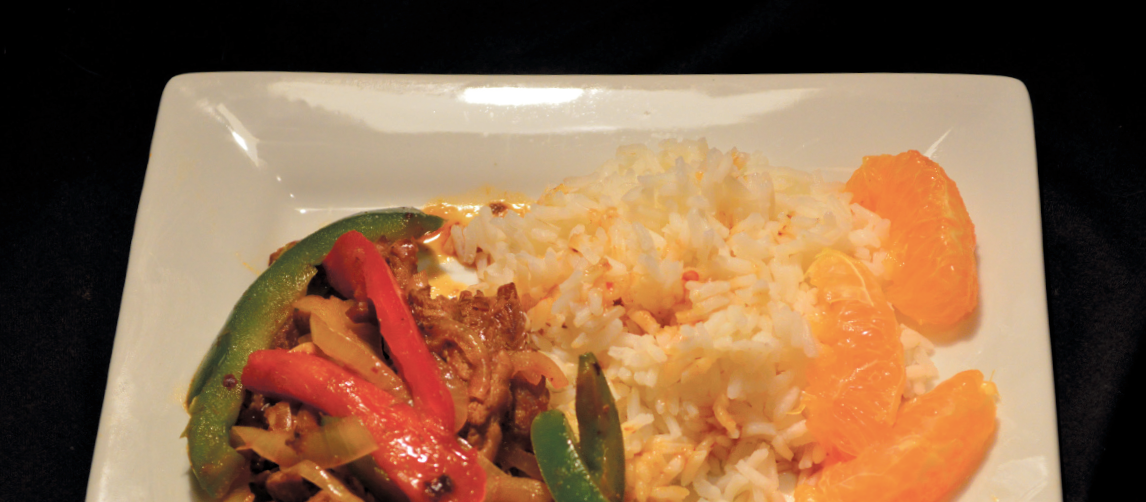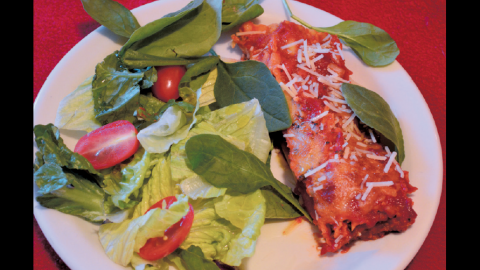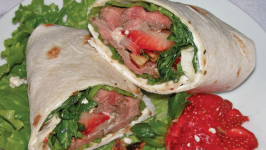Let Food Be Your Medicine
As we find ourselves in the middle of cold and flu season, it is very convenient to pick up bottles of vitamins C and E from the store and hope for the best. There is no doubt that vitamins can help support your body as it fights off an infectious invader, but are synthetic pills of vitamins C and E from your local store the best form of the vitamin? Consider this: the whole foods form of vitamins C and E are not the same as the synthetic form of the vitamins.
Unfortunately, vitamin C is a very misunderstood vitamin. A common misconception is that vitaminC and ascorbic acid are the same thing. This is not exactly true. Vitamin C in its whole foods form is actually a complex of multiple compounds that all have distinct properties. This is very different from synthetic vitamin C, which is only made of ascorbic acid, and is actually derived from petroleum (hard to consider it a food). Ascorbic acid has a specific role in the C complex, and that is an antioxidant. Antioxidants help reduce some of the damage caused by the bacteria and viruses that cause us so many problems in the winter.
In addition to ascorbic acid, the whole foods version of vitamin C also contains multiple types of bioflavonoids. These are found in high concentrations in the rinds of citrus fruits. Bioflavonoids help to strengthen the vascular system of the body. They make blood vessels more durable and resistant to breaking. You can also find vitamin K in the whole foods form of vitamin C. This vitamin promotes proper blood clotting. Flavin compounds are also found in whole foods vitamin C. Flavins are sub-classes of vitamin B2, riboflavin. These compounds increase oxygen in the blood. Increasing oxygen to the tissues is essential when fighting off a nasty bug. In addition to that, the vitamin C complex also contains various enzymes. All of these extra nutrients found only in the whole foods form of vitamin C help to strengthen the body as it fighrs off a cold or flu.
Interestingly, vitamin E is misunderstood in almost entirely the same way. Another misconception is that the group of compounds called tocopherols are equivalent to vitamin E. Tocopherols are only the antioxidant portion of a larger vitamin E complex. While a synthetic form of vitamin E will only contain tocopherols, a whole foods form of vitamin E will also contain essential fatty acids, as well as D plays a huge role in activating the immune system. You can also find Manganese in the whole foods form of vitamin E. Manganese serves two roles in the body. First it supports the production of cartilage and bone in the body. In addition to that, it is also a part of an enzyme that has antioxidant and anti-inflammatory activitiy. Again, this is very important when fighting off that nasty cold.
So the next time someone sneezes on you and you ponder hitting up the vitamin aisle, consider the produce aisle as well. In addition to the citrus fruits and nearly all types of berries; bell peppers, broccoli and Brussels sprouts are all excellent whole foods sources of vitamin C. Rose hips, if you can find them, are one of the richest food sources of vitamin C available. The best whole food sources of vitamin E include wheat germ and wheat germ oil, palm oils, nut oils and your dark leafy greens (spinach, beet and collard greens, etc.) Like the father of modern medicine, Hippocrates, said nearly 2,500 years ago, “Let food be thy medicine, and let they medicine be food.”












